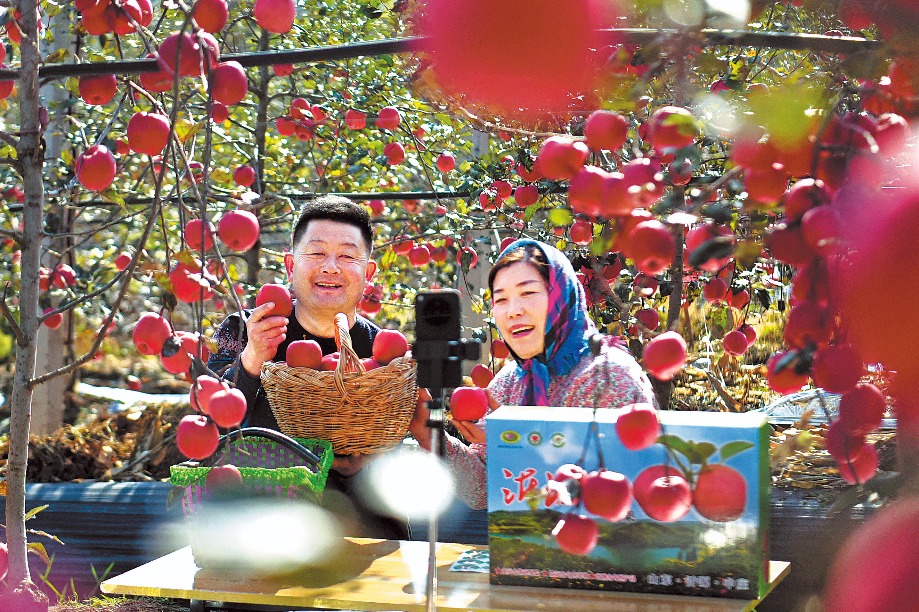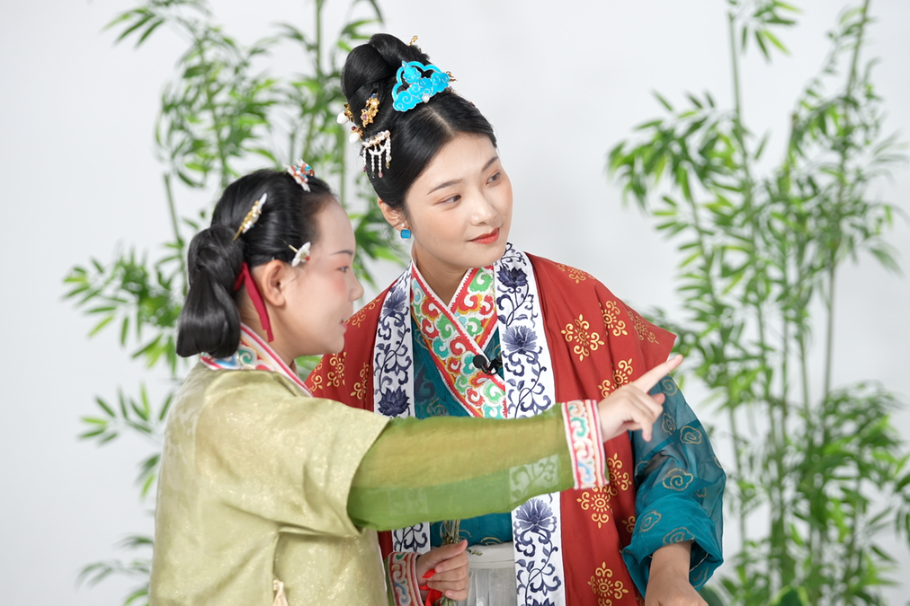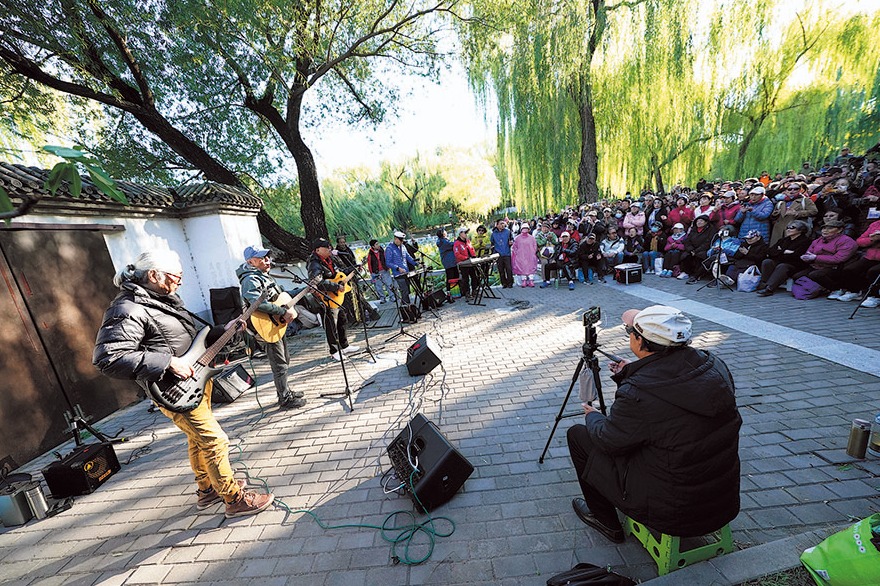Last stand of the great green peacock


In any spare time he had over the next three years he revisited the region, sometimes with other scientists and conservationists, and feathers, footprints and the calling sounds of the green peacocks were heard in the valleys. They were eventually also able to photograph green peacocks feeding and mating on the river beaches.
Observations over the past few years have proven that habitat, which covers a total of 190 square kilometers, has the densest concentrations of green peacocks throughout Yunnan. Experts and environmental organizations say the area is possibly the "last piece of intact habitat" for the rare bird in China, and is critical for its survival.
Gu has done a lot of research to find out how it was that the bird retreated to the remotest corners of the country and had become endangered as well as other research, and has been unsparing in his efforts to protect the key piece of habitat.
"When people talk about peacocks nowadays, they are always talking about blue peacocks," Gu says.
"Most Chinese don't even know what a green peacock is."
Wen Cheng, a member of the survival commission of the International Union for Conservation of Nature, says that in general peacocks are relatively common. Those often seen in China now are usually blue peacocks (Pavo cristatus) that originate in India. But the green peacock (Pavo muticus) is much less common, and the union lists it as endangered, saying there are fewer than 20,000 worldwide.
In some Southeast Asian countries green peacocks also face severe problems such as fragmenting habitats and the number of wild ones has halved in just 20 years.
As a native species of China the green peacock has cultural significance, Gu says.
The beautiful pheasant has always been a symbol of good luck and nobility in traditional Chinese culture, and was often cited in ancient literary works or described in traditional paintings.




































